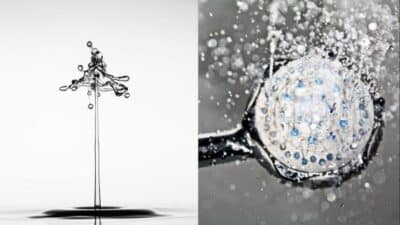Water is a crucial element in any farming activity. You will need a dependable source of H2O, whether you have crops or animals on your farmland. If you operate in remote regions, where the price of utilities is high, a smart solution could be to shift to solar options.
A good first step towards the ‘green switch’ is the installation of a solar pump inverter. However, if you have ever browsed the market, you know there are many options out there, and it is complicated to know which model is more efficient for your specific scenario.
In this guide, we will take you through each of the steps, one by one, so you know exactly how to match your farm’s specifications with the best solar pump inverter. We will explain how it works, what the key factors to consider are, and how to pair one with your existing pump motor. Let’s do this in simple terms!
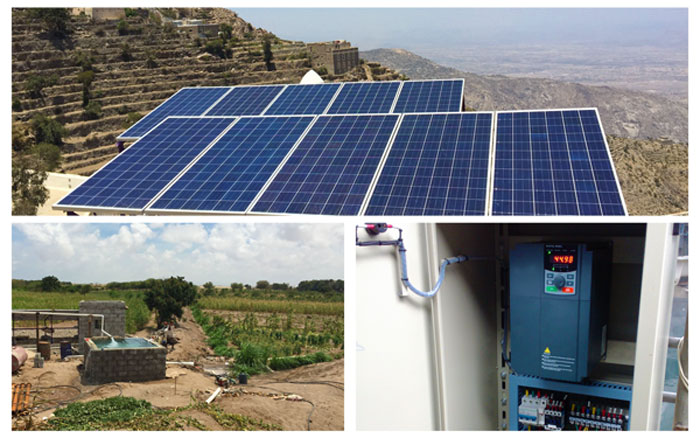
What Is a Solar Pump Inverter?
A solar pump inverter is a device that smartly links solar panels to a water pump. The amount of energy delivered to the pump is proportionate to the available solar power. The inverter channels sun energy, running the pump efficiently, without diesel or grid energy.
Farmers use it to pump water from wells, rivers, or underground storage tanks. It powers irrigation structures or elements for agriculture with water, all with minimal utility expenses.
Why Use a Solar Pump Inverter in Agriculture?
Traditional water pumping systems nonetheless use gas-burning engines or grid power, each of which costs a lot of money and is bad for the environment. A solar pump inverter can:
- Save money on fuel/electricity costs
- Provide an uninterrupted supply in off-grid areas
- Automate irrigation or livestock watering processes
- Less frequent maintenance and service due to no moving parts
These benefits mean that solar pump inverters are a valuable investment on any farm as they help modernise and improve their water management practices.
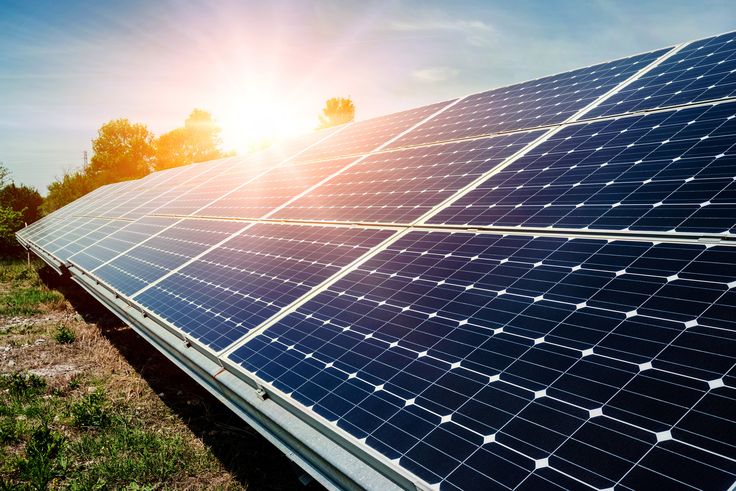
Solar Pump Inverter vs. General Inverter
A solar pump inverter is specifically designed for running water pumps with solar panel energy. It has special controls to vary the motor speed according to the available sunlight, and also has other protections like dry-run prevention and soft start. These are designed for continuous and even flow of water and high energy efficiency, which is perfect for farm usage.
A general inverter is made for powering household or industrial appliances like lights, fans, or TV sets. It too converts DC power from solar or battery to AC power, but does not have the special controls or protections to run a water pump efficiently.
Running a pump on a general inverter will not give you a steady flow of water and will also stress the motor over a period of time. It may also cause burnout of the motor. If your sole purpose of using an inverter is for pumping water for irrigation or water supply on a farm, you are better off with a solar pump inverter.
Key Factors to Consider Before Purchasing

To find the correct Solar pump inverter for your farm’s water pumping system, you have to consider multiple factors. We will outline the ones that you have to pay the most attention to.
1. Pump Power and Voltage Rating
First, it is important to understand the pump’s motor capacity. Check the HP (horsepower) or kW (kilowatt) ratings of the pump motor. The Solar pump inverter should be rated at or above that amount.
Next, check if your pump is single-phase or three-phase. Most are single-phase, but large vehicles may additionally need a 3-segment strength delivery. So, make certain to fit your inverter to your pump’s power kind and voltage rating.
2. Compatibility with Solar Panels
Solar inverters are constantly rated to work with a certain size of panel. The panel ought to provide a particular voltage and wattage level to healthy the solar pump inverter. So, before buying an inverter, ensure your panels are effective enough to handle the load.
Note: Installing panels of too excessive a voltage (e.g., 600V DC output) can bring about an overloaded or burnt inverter.
3. Water Demand and Usage Patterns

Different farms have one-of-a-kind water necessities, each in terms of the daily volume required and whilst the water needs to be available.
For instance, in case you need to run the pumps for the duration of cloudy hours or at night, make sure your Solar pump inverter can provide battery backup or a hybrid energy configuration.
4. MPPT vs. VFD Features
- MPPT (Maximum Power Point Tracking) based inverters have an intelligent mechanism to adjust for different sunlight conditions. They help increase solar panel output.
- VFD (Variable Frequency Drive), on the other hand, can be used for fine-tuning the power delivery to the pump and adjusting the speed of operation.
Most solar-powered pump inverters come with both functions, but if you have a choice, you can select an MPPT-based solar pump inverter, which is more common in the market.
5. Inbuilt Safety Features
A good quality solar-powered pump inverter should come with:
- Overload or overcurrent protection
- Short circuit protection
- Dry-run protection (Automatically shuts off the motor if the water level gets too low)
- Overheat protection
And more, to offer you extra peace of mind and prevent pump damage.
6. Hybrid Power Options
Solar strength might be the spine of those systems, but you should no longer forget about what occurs on cloudy days. With a solar pump inverter, you may use grid energy or link a generator for worst-case situations.
This will guarantee your pumping machine works, even throughout a few days without solar.
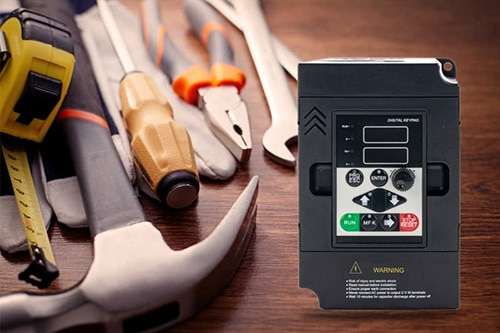
Installation Guidelines
If you are hiring a technician to install, make sure to inform them about the following:
- Always keep the solar pump inverter in a shaded location with good airflow.
- Mount it near the pump to reduce power losses in long cables.
- Angle the solar panels to face the maximum amount of sun, and not get shaded during the day.
- All the wires and cables should be kept away from direct contact with animals or direct spray of water.
Installing the solar pump inverter in a sub-optimal way will hinder its performance, even if you have the best unit in the world.
Calculating the Right Size of Solar Pump Inverter
Picking the right size is very important. Get an undersized inverter and it will be a bottleneck for your load; get an oversized one and you will increase the cost without reason.
To make an accurate calculation:
- First, add the total energy requirement of all your pumps and engines.
- Then add 10% to 20% to this value to account for any power increase during startup or increased power design.
- The solar panel matrix should be classified by at least 1.2x to 1.5x of the inverter classification so that it can provide sufficient energy to keep it working under different sunlight conditions.
You can be more accurate at this stage with the help of a local solar technician, who can search the site and refine these numbers for you.

Cost and Return on Investment
Costs may vary depending on the power of the solar inverter system. The smaller the setup, the lower the initial price. Expect to spend around $1000–$2000 for a system for a small farm, and more than $5000 for commercial installations.
But keep in mind that this is a one-time investment, as you will not incur any monthly fuel or electricity expenses. Most solar water pump systems pay back their cost within 2-4 years.
Maintenance and Support
While solar pump inverters are relatively low-maintenance, regular inspections ensure longevity. Tasks include:
- Cleaning the inverter vents and housing
- Inspecting and testing the wiring for any wear and tear or corrosion.
- Updating firmware when applicable
Select a solar pump inverter model supported by experienced service technicians in your area.

Common Mistakes to Avoid
- Buying a solar pump inverter without reading the pump’s specifications
- Disregarding solar panel-inverter compatibility
- Ignoring the built-in safety features just to save some money.
- Purchasing inverters based on price only, and not on whether it is suitable or not.
Farmers make these mistakes and have to end up replacing their systems within months. Don’t rush, and make sure the specifications of your system are right before buying an inverter.
Buy from a Reputable Source
When buying a solar pump inverter, always choose a reliable and proven brand. Look for models that come with clear manuals, warranty coverage, and access to technical support. Avoid choosing a Solar pump inverter based on price alone. Instead, consider long-term factors such as efficiency, durability, and compatibility with your pump system.
Summary
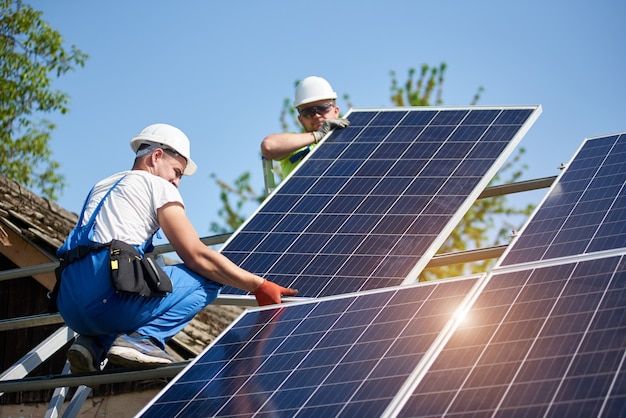
A Solar Pump Inverter is an essential part of any solar irrigation system. A solar pump inverter optimizes the functioning of the solar pump in the irrigation system. It is because the inverter converts the solar power into direct current and then adjusts the output as per the availability of sunlight.
The inverter reduces the chances of fluctuation in power and maintains the continuity in water supply, and helps in the reduction of energy loss. The pump inverter also helps in efficient working and extends the life of the solar-powered irrigation pumping system.
So choose the right solar pump inverter for your farm/ irrigation system today to experience high performance, low operational cost, and more. Remember your crops, your water needs, and your future depend on it!
- 1share
- Facebook0
- Pinterest1
- Twitter0



